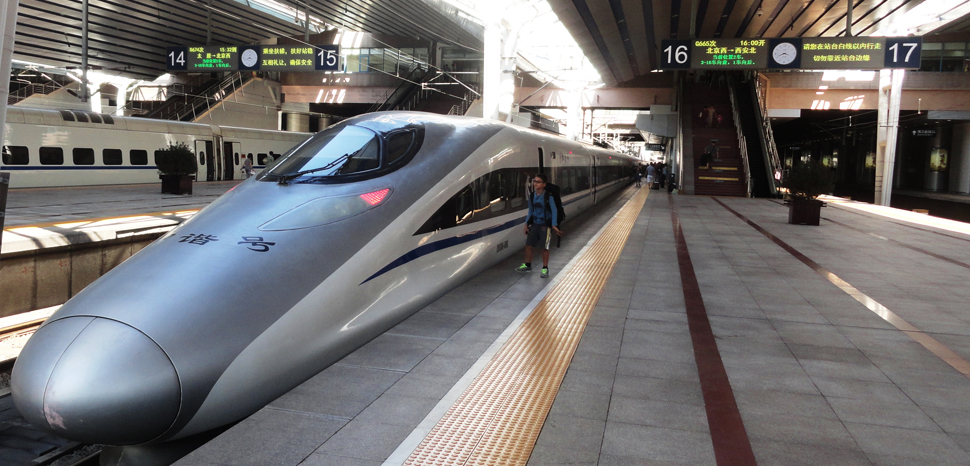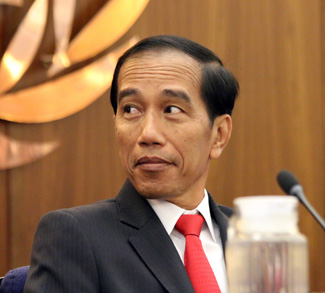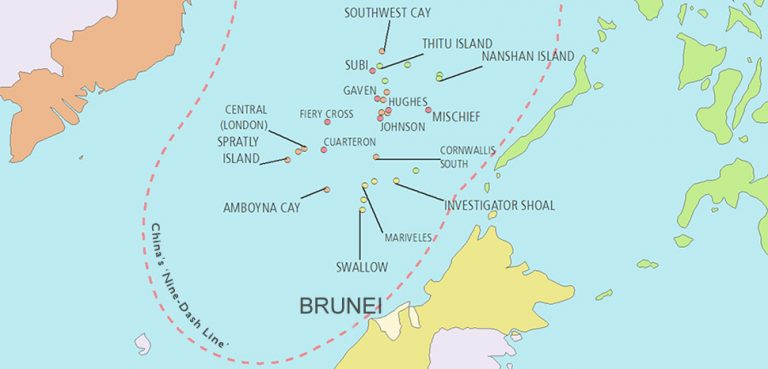Summary
When thinking of the Belt and Road in Southeast Asia, contentious rail projects in Malaysia and Laos—forming part of an eventual overland route between southern China and Singapore—come to mind. Yet another project has gone under the radar in Indonesia, where the $6.07 billion Jakarta-Bandung High-Speed Rail Link is edging toward completion after five years under construction. The railway is just one of a rising number of Belt and Road-linked projects in Indonesia, from power plants to dams and ports.
On a two-day visit to Jakarta earlier in January, Chinese foreign minister Wang Yi, speaking alongside his Indonesian counterpart Retno Marsudi, said “we will work together to synergize the Belt and Road and the Global Maritime Fulcrum vision” of Indonesian president Joko Widodo. Since being elected in 2014, Widodo—more commonly referred to as ‘‘Jokowi’’—has pledged to boost infrastructure and transform his sprawling archipelago nation of 270 million people into Southeast Asia’s foremost maritime power.
Chinese investment is a key part of this strategy. Trade between the two nations expanded by 10% last year despite the onset of the COVID-19 pandemic, and at the recent foreign ministers’ meeting the two parties spoke of ‘‘removing trade barriers’’ to increase ‘‘market access’’ for key exports. How important are these growing trade ties, and Belt and Road-linked projects, to Indonesia’s economy? And what are the future prospects for Indonesia’s ever-closer relationship with China under Jokowi and Xi Jinping?




